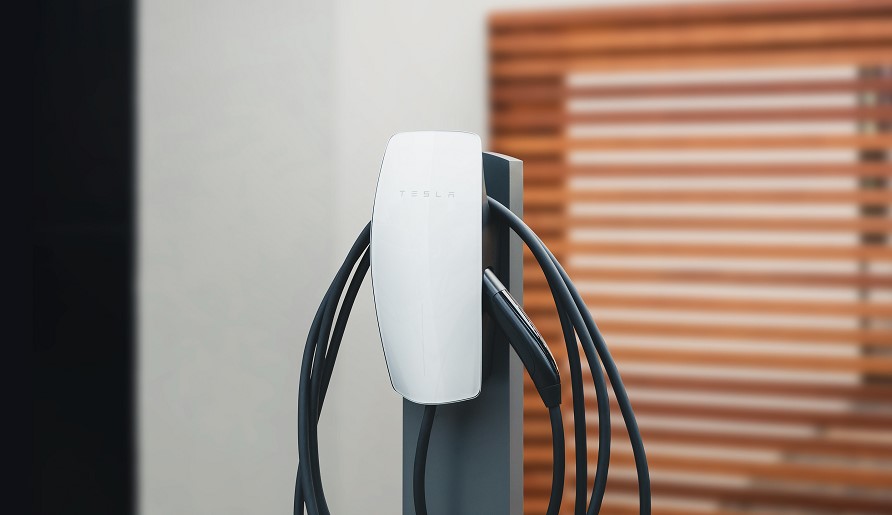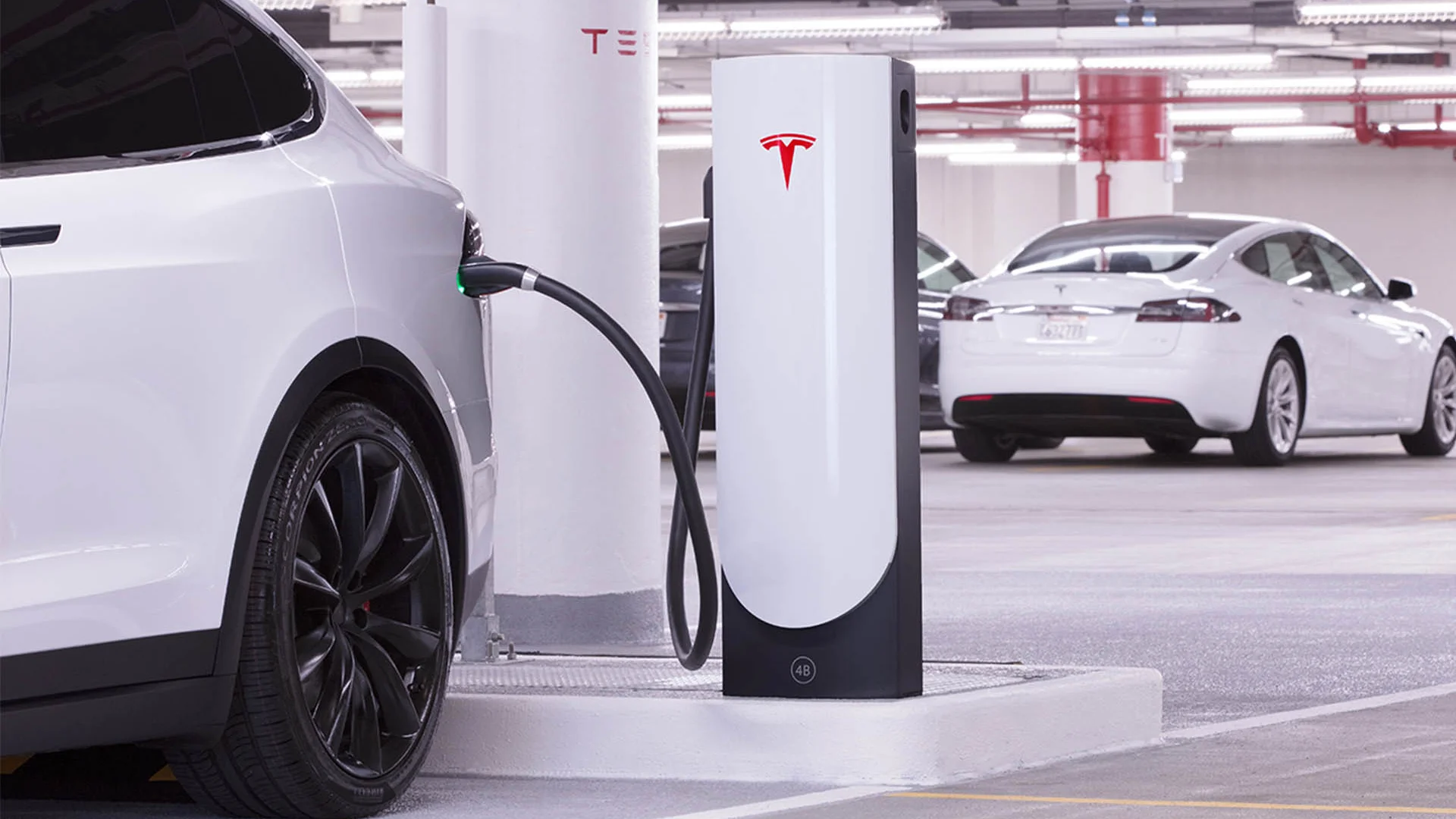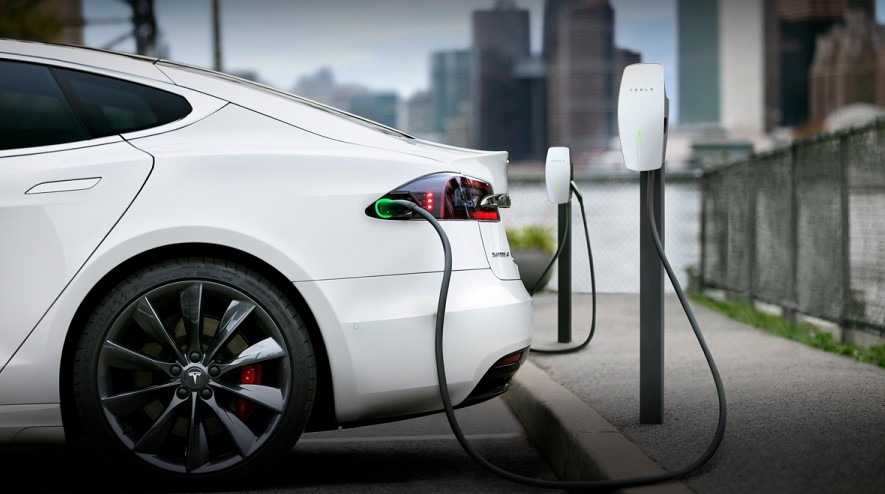Tesla is the leading brand for electric cars not only because of their unique design but also because of their user-friendliness and ease-of-use charging. Tesla owners are fully aware of the location of the charging station for their Tesla model.
However, do you know what other ways there are to charge a Tesla and exactly how many amps you will need to charge your vehicle’s battery with an electrical panel?
In this article, we will analyze what different types of charging are like, for example, how many amps does a Tesla charger draw, Tesla charger, EV chargers, and wall connectors, and we will also talk about what voltage, circuit breaker, and the number of amps you need to have enough power inside your Tesla.
Electric car charger amps
In general, the charger of any electric vehicle must be capable of delivering at least 8 amps of electricity. To understand exactly how much circuit breaker voltage and charging time is required, you have to calculate the average distance that you ride in a week and then build a charging schedule. For example, in one week a vehicle can cover about 38 miles, which requires 93.8 kWh.
EV charger
There are three types of EV chargers for your Tesla, namely level 1, level 2, and DC fast charging. It is difficult to calculate exactly how many amps an EV charger needs since it all depends on which Tesla model you have.
Some models require more electricity due to the characteristics of the battery, and some vice versa.
This number does not exceed 50 amperes.
You can also use an electric dryer plug as an electric resource for an EV charger, the main thing for this is to calculate exactly where the installation will be located, and it is also better to call a specialist in advance since on your own and without experience you can break the wiring system or damage the plug itself.
Also, before using a car charger for Tesla charging, you need to calculate whether your circuit breaker box can pull a constant electrical load, you will also need to seek help from a specialist to understand what will be the distance between the dedicated breaker and the vehicle charger and how to establish the connection correctly so as not to damage the dedicated breaker itself.
Home charger
Even though it seems that some special stations are needed to charge a Tesla, this is not so. You can use them as Tesla chargers or ordinary chargers inside your home. You can charge your vehicle using an electrical system with 120 correct voltage, already called trickle charging, and with 240 voltage.
Below you can find information on how fast your Tesla car will charge from two different types of voltage and how many miles of range per hour they add to the charge.
240 voltage
Let’s start with a more powerful voltage, namely 240 voltage for charging Tesla cars. It will take up to 30 hours to fully charge a vehicle, such as a Tesla Model S, on a 240-volt network.
You can be sure to charge for a long trip, as 240 volts provides a guaranteed 9 miles of range per hour, however, with an especially long charge, you can even get 50 miles of range per hour.
120 voltage
120 voltage is the usual type of charging that is most often installed inside your home, but even it can charge Tesla cars.
Usually, when using this charge, it’s best to just leave the car overnight to fully charge and get enough miles of range per hour. If you leave the car overnight, you will receive 2 miles of range per hour, which you can safely use all day.

Tesla wall connector
The Tesla Wall connector is ideal for those people who want to install a Tesla charger inside their garage but are worried that their electrical system won’t be able to add enough charging speed. The wall connector gives you about 11 kWh of power and about 48 amps of speed, which is already a good figure.
What’s more, you can adjust the power by yourself by setting the circuit breaker.
Many users are turned off by the price of the wall connector itself and installation costs; however, you should understand that if you buy a wall connector, you will not have to pay extra for additional electricity resources, such as a circuit breaker.
However, your wired system and circuit breaker must be functional and therefore updated, which will also need to be paid attention to and spend money, but it is still worth the waste because, after that, you can safely charge your Tesla vehicle without worrying about problems with the wiring system of the whole house.
It is also better to have a Tesla wall connector installed in your home by a specialist since this process is very complicated and if not connected correctly, not only the wiring but also the user can suffer.
Number of amps for Tesla chargers
A very important question that plagues almost all Tesla users is how many amps are required to charge a Tesla. This factor is very important to know because in this case, you will understand what kind of electrical resource you can use to use the vehicle comfortably at any time you need.
Let’s start with the fact that on average Tesla cars need a charging speed of up to 800 amps since with this number, your Tesla will be able to calmly and fully charge up to 410 volts that is, until fully charged, in a short period, for example, if you left the car overnight.
The power of the electric resource for charging speed must be at least 100 kWh for 12 hours, for example, at night or during the day, depending on when you want to use the electric car.
Also, you can try using the mobile connector, however, the charging speed will be very low, and it is better to use this method only in emergencies. The best option for home charging, both in terms of amps and in terms of kWh, is the wall connector compact unit, as it is specially made to supply power to the battery of a Tesla car.

Size breaker
Another important factor before installing a Tesla charger is the choice of circuit breaker sizes because if you bought a charger, and the breaker is not suitable for power, then you will not be able to charge your electric car normally.
First of all, you need to understand what kind of charger speed your charger has, usually, it is not above 60 amps and below 50 amps.
Secondly, you need to contact the user manual to understand exactly how many amps, what voltage, and in general, the electricity charter your electric car will use through the charger to immediately select a circuit breaker that will fit in all respects.
Thirdly, when installing the circuit breaker and charger, it is better to be fully prepared. If you are going to do it yourself, please contact the user manual so that they will explain to you in detail how to properly establish the connection between the breaker and charger.
Also, be sure to buy or bring protective gear, such as safety gloves, which are made to prevent electrical burns. However, you can also just call a specialist.
Tesla charger levels
There are three levels of Tesla charger in total, namely level 1, level 2, and level 3. Let’s start with level 1. These charges most often do not exceed 120 volts. You can use them for an overnight charge, as they add 2 miles of range per hour, which is considered a daily rate for the user.
Also, there is level 2 of this type of charger, their power does not exceed 240 volts and most often they are used as special charging stations. Within a few hours, they are guaranteed to add 9 miles range per hour to your electric car, however, for this to happen, a strong flow of electricity of about 80 amps must be present.
The latest Tesla charger level is level 3. This type of charger has the highest power of about 480 volts and at the same time, they need a very strong current flow, namely 300 amperes. This type of charging is perfect for unexpected long trips, as just a quarter of an hour can add 200 miles of range per hour.
Superchargers vs. home chargers
Tesla owners often don’t understand what’s the point of superchargers if you can charge a Tesla at home. However, the home power that you can get when charging does not compare in performance with a supercharger, since a supercharger is specially made for fast and powerful car battery charges, for example, if you still have a long drive and suddenly run out of charge.
The Supercharger is a level 3 charger, which is why its power is 480 volts, and the current that directly affects our charging speed is about 300 amps.
It will take you several hours to get a charge from a home outlet, while a supercharger will charge your electrical car within 15 minutes.
How many amps does a Tesla Model 3 charger draw?
Depending on how many miles per hour you want the Tesla Model 3 to drive, if you charge a Tesla with a 50 amper breaker, your speed will be around 40 miles per hour.
And if you have a 60 amp breaker, you can safely drive up to 44 miles.
The higher the current, the greater the range of miles.

FAQ
What size breaker do I need for a Tesla charger?
It’s best to choose a circuit breaker and wire gauge that have a level 2 charger, meaning you can charge a Tesla with 240 volts.
How many amps does Tesla charger draw 120v?
120-volt Tesla charging adds 2 miles range per hour, which is a very good value, especially if you charge the vehicle every night. However, if you want to go on a long trip, you will have to leave the vehicle connected to a 120-volt charger for a couple of days.
Can I use a 40 amp breaker for Tesla wall charger?
Of course, it is best to use exactly a 50 amp breaker box for the Tesla charger, however, together with
Tesla wall connectors, 40 amp breakers can be workable.
Conclusion
Tesla requires you to pay attention to the charger and understand what exactly amps and volts mean and how to choose the right charger based on its electrical power. We hope that after reading this article, you will no longer have problems choosing circuit breakers, a wire gauge, and wall connectors since now you know how many amps are required to charge a Tesla.

